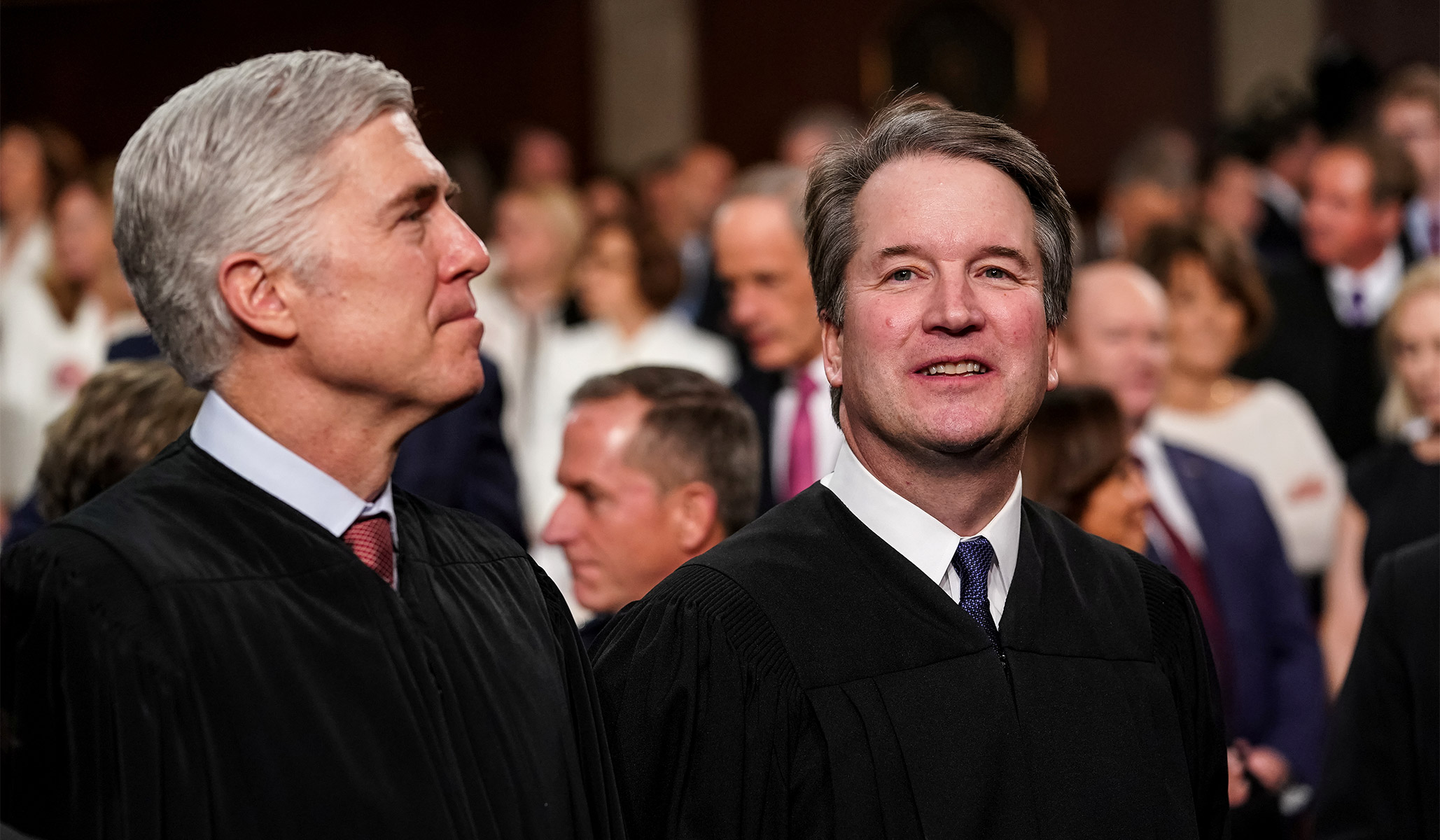
Neil Gorsuch and Brett Kavanaugh, perhaps more than any other Supreme Court justices in modern history, are closely connected to the president who appointed them. Gorsuch got his seat after Republicans stonewalled the nomination of Judge Merrick Garland and then Trump unexpectedly prevailed in the 2016 election. And any other president probably would have withdrawn his nominee after Christine Blasey Ford’s allegations, but Trump dug deep, and Kavanaugh crossed the finish line. That past cannot be erased, but a new prologue is being written. Gorsuch and Kavanaugh know full well that Trump’s tenure is limited. These Gen-Xers may serve nearly half a century, long after the memory of President Donald J. Trump is relegated to the history books. And after the July 4 weekend, the two Trump appointees formally declared their independence from him.
On the final day of the Supreme Court’s term, Gorsuch and Kavanaugh voted against Trump in the New York tax-return case. The vote was 7–2. Well, sort of. Gorsuch and Kavanaugh did not join Chief Justice John Roberts’s majority opinion, which held that the president was not entitled to special protections against the subpoena. Nor did they join the dissents of Justices Clarence Thomas and Samuel Alito, both of whom concluded that the subpoenas were unconstitutional. Instead, Kavanaugh and Gorsuch wrote a separate concurrence, which walked a narrow tightrope between the Court’s two poles. On paper at least, they narrowly ruled against Trump. They likely could not be seen as voting for the president who appointed them. But their opinion laid the foundation to broadly expand the power of the presidency in the future.










